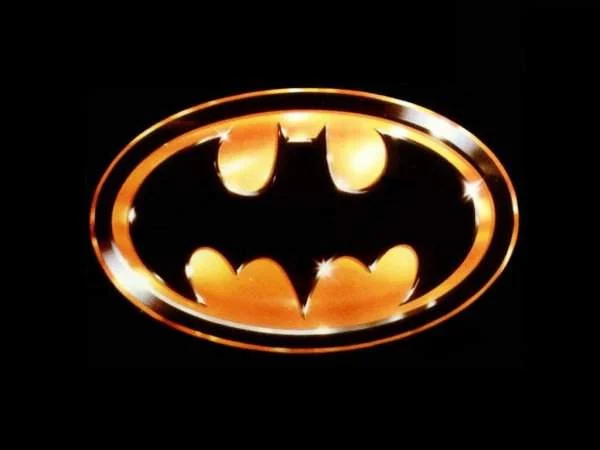It’s odd to think that one screenwriter worked behind the scenes on movies like Top Gun, Beetlejuice and Batman – and managed to come up with the unforgettable title “Texas Chainsaw Massacre. ”
Yet, the late Warren Skaaren did all this and more. Skaaren is a legendary figure in Texas cinema, having run the Texas Film Commission before he broke through big in Hollywood, and he was one of movie industry’s top “script doctors” or rewrite men.

Alison Macor is the author of Chainsaws, Slakers and Spy Kids (a history of filmmaking in Texas), and now she’s working on a biography of Skaaren, which she says will not only be a biography of the man, but will also be about screenwriting in 1980s Hollywood.
“I first heard about Skaaren shortly after he died in December 1990, while I was working on my master’s degree in film history at UT-Austin,” Macor explains.
“One of my professors had known him and seemed profoundly affected by Skaaren’s relatively sudden death (from cancer) at the age of 44.”
As Macor relates about Skaaren’s working relationship with Burton on Beetlejuice, “Very soon after Warren agreed to work on the Beetlejuice rewrite, Burton flew to Austin and they spent time together here on the project. Burton has been quoted as calling Warren ‘Mr. Logical,’ and Skaaren himself often thought it was his ability to bring calm to a project under duress that made him valuable in Hollywood. Burton also called Skaaren one of the weirdest people he’d ever met, so I’m assuming their senses of humor and world views overlapped somewhat.”
Their working relationship continued on the ’89 Batman, and Macor says Skaaren’s contributions to the Burton Batman “were fairly substantial. To give you some sense of Skaaren’s power at this point, he was able to negotiate for gross points on Batman when he signed on to rewrite Sam Hamm’s screenplay. (And this was only four years after getting his first rewrite job, which was Top Gun). He built on Hamm’s work (they shared writing credit on the film) and emphasized the darker nature of the Batman character, his childhood trauma and the psychological damage as a result.
“Warren corresponded with Bob Kane about the original comic strip and its history,” Macor says. “He was in London during rehearsals and production, where he rehearsed the love scenes and worked one on one with the actors. He particularly enjoyed working with Jack Nicholson. After rewriting one of the Joker’s scenes, Skaaren scribbled a note on the revised pages: ‘I have twisted in some Nietzsche. See if your tongue likes it.'”
As for how Macor feels about today’s Dark Knight generation likeing Burton’s Batman, she says, “That’s a tough one. The thrill of the 1989 Batman, I think, was the mix of darkness, humor, and intelligence, all wrapped up in a shiny blockbuster package. It seemed mature even in its zaniness, if that makes sense, so I think it appealed to a wide demographic in terms of Batman fans especially. I’m not sure the Dark Knight does all that, but maybe it doesn’t need to.
“Earlier this year I screened a clip of the Joker’s Flugenheim sequence from the ’89 Batman in my film history class at Texas State University,” Macor continues. “I wanted to show my students an ‘early’ example of a blockbuster narrative and how all of the elements, like image, soundtrack, casting, influenced the story. I wondered what they’d think of it. Would it seem horribly dated to them, with its Prince soundtrack and Jack Nicholson’s Joker? But they really liked it and didn’t seem to mind the music video feel.”






